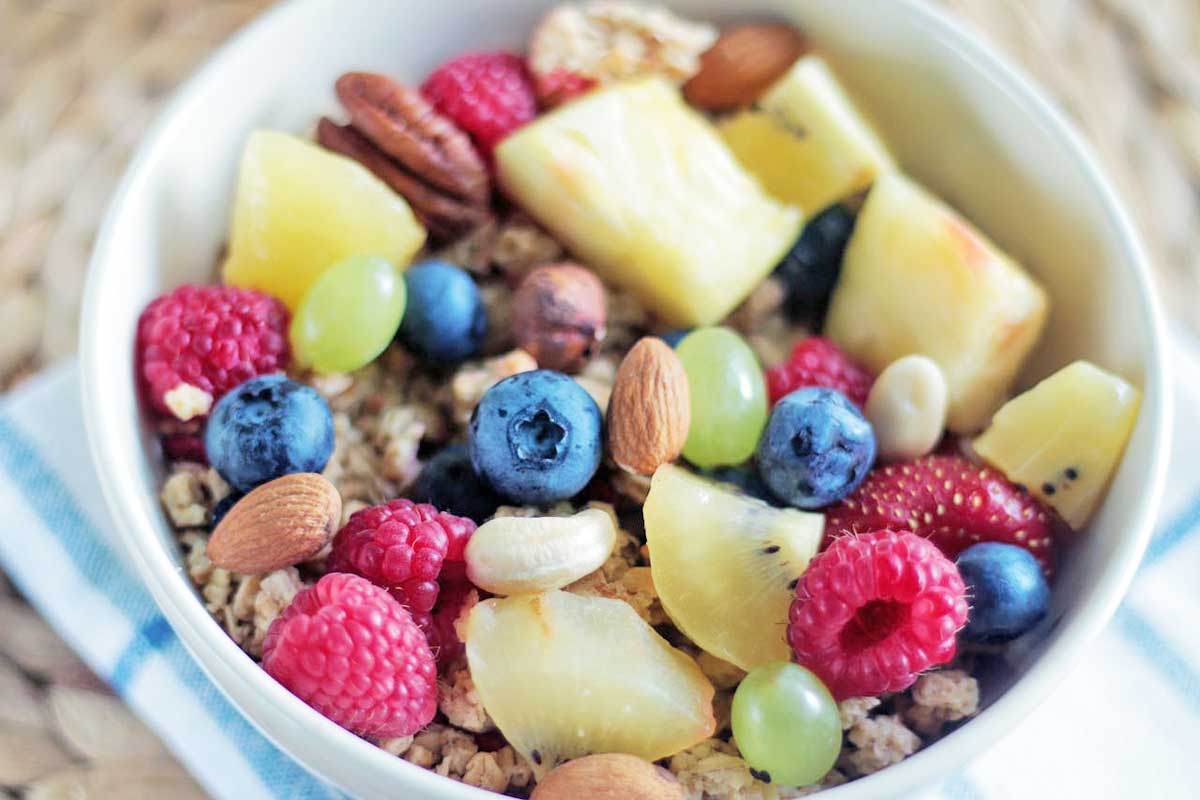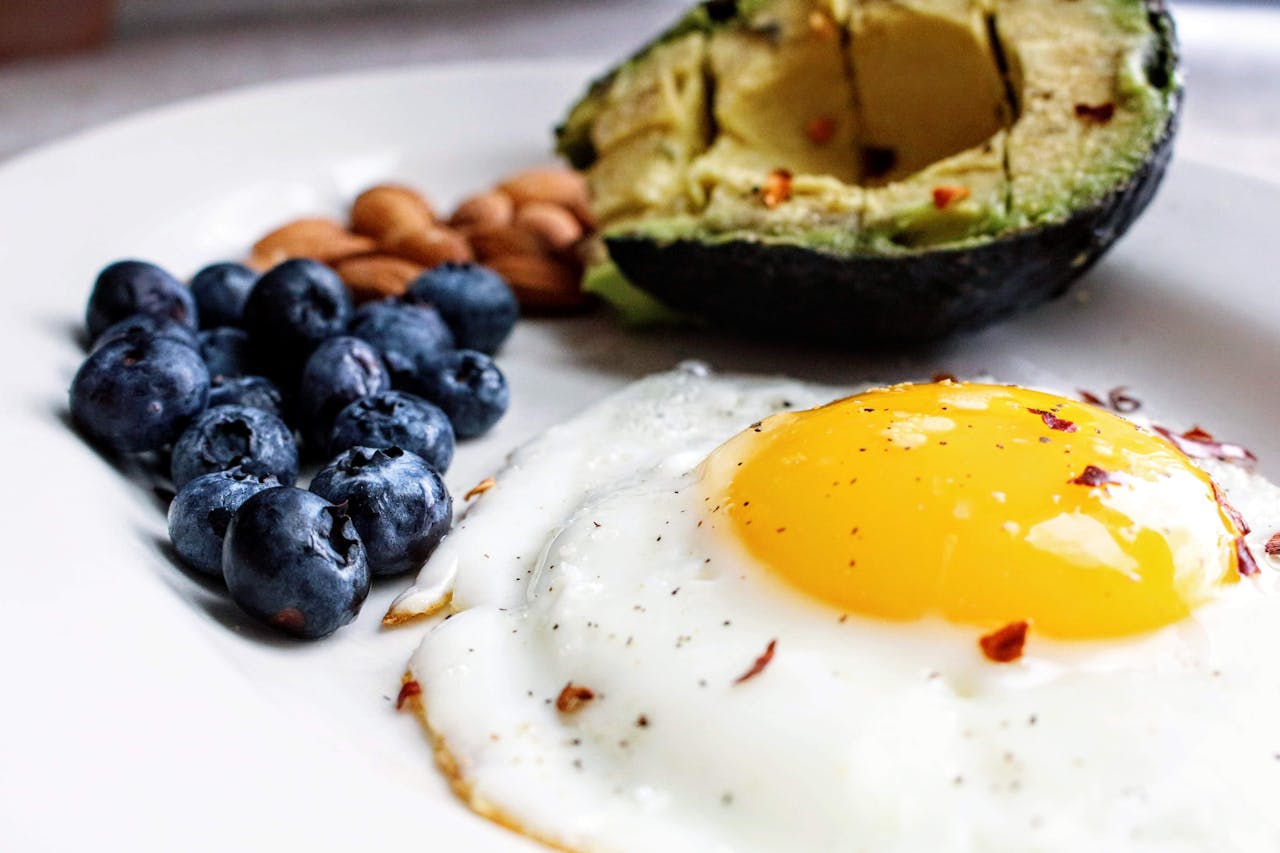The Fortification Obsession
For decades, America has embraced the idea that adding synthetic vitamins to processed food somehow turns junk into wellness. Cereal with sugar? Add some B12. Donuts? Throw in folic acid. Protein bars? Let's lace them with niacin.
The result is a nation proudly chomping on artificially colored, ultra-processed, lab-enhanced "superfoods"—with metabolic syndrome in one hand and a fortified soda in the other. Welcome to the land of nutritional delusion.
Why Fortification Started (And Why It Went Too Far)
In the 1940s, the U.S. started enriching flour with iron, thiamin, riboflavin, and niacin to prevent deficiency diseases. That made sense—rickets and pellagra were real threats. But the legacy mutated. By the 2000s, virtually every breakfast cereal, flavored milk, and processed bread claimed to be a source of "essential vitamins."
The problem? Many of these are synthetic, poorly absorbed by the body, or present in doses either meaningless or potentially harmful. And they’re often paired with alarming levels of sugar, salt, and unpronounceable additives.
Rainbow Lies: Food Dyes and Global Disparities
Let’s talk color. Americans love their food bright, loud, and artificially cheerful. Enter Red 40, Yellow 5, and Blue 1—petroleum-based dyes banned or restricted in much of Europe but embraced in the U.S. with open arms and open mouths. These dyes are especially prevalent in breakfast cereals marketed to children—because nothing says "good morning" like eating the periodic table.
| Region | Typical Food Dyes | Warning Labels | Natural Alternatives Promoted? |
|---|---|---|---|
| USA | Red 40, Yellow 5, Blue 1 | None Required | Rare in mainstream food |
| Canada | Beetroot, Annatto, Turmeric | Recommended in some cases | Emerging standard |
| EU | Strict dye limitations | Required for ADHD-linked dyes | Widely adopted |
| Global South | Poorly regulated dyes | Rarely enforced | Traditional foods dominate |
Canada—like Europe, Japan, and other developed nations—takes food safety seriously. The U.S., on the other hand, has drifted so far from modern health policy that you’d be forgiven for mistaking it for a developing country with better branding.
Vitamin Donuts and Chocolate Milk Miracles
Want to laugh? In the U.S., even chocolate milk is fortified with vitamin D. The logic seems to be: "If kids are going to chug sugar, let’s throw some bone nutrients in there." And yes, you can buy donuts with folic acid and cereal bars with added magnesium.
Never mind the fact that the sugar content cancels out much of the supposed benefit, or that many of these nutrients are added in forms that your gut barely absorbs.
Processed ≠ Nutritious (Even with a Vitamin Badge)
This is the myth: fortified = healthy. The truth: fortified often means a marketing team slapped a few lab-made compounds into garbage food and charged $4.99 for it. Many synthetic nutrients are not well metabolized, and some forms—like folic acid vs. natural folate—can even mask deficiencies or lead to imbalances. It's not nutrition, it’s cosmetics.
The Better Bowl: Real Food, Real Nutrients
Instead of chasing fake health in processed packaging, what if we just… ate real food? Here’s a secret: a bowl of oats with real fruit, a handful of nuts, and a dollop of yogurt offers more bioavailable nutrients than most fortified snack bars or cereals ever will. And it doesn’t come with food coloring.
| Ingredient | Nutrients & Benefits |
|---|---|
| Rolled Oats | B-vitamins, Iron, Beta-glucans (cholesterol-lowering), fiber |
| Fresh Raspberries | Vitamin C, Anthocyanins, Fiber, Manganese |
| Wild Blueberries (frozen) | Antioxidants, Vitamin K, Brain-protective flavonoids |
| Apple (grated) | Pectin, Vitamin C, gut-friendly polyphenols |
| Natural Yogurt | Calcium, probiotics, Vitamin B12 |
| Raisins or Dates (chopped) | Natural sugars, potassium, magnesium, iron |
| Dark Chocolate (85%, chopped) | Flavonoids, iron, mood-boosting compounds |
| Walnuts or Peanuts | Omega-3s, Vitamin E, protein, selenium |
Eat Color, Not Dyes
Here’s a revolutionary idea: your food can be colorful without being artificial. Blueberries, mandarines, raspberries, turmeric—nature’s palette is more beautiful and more functional than anything in a lab. Instead of Red 40, try red raspberries. Instead of Yellow 5, go for mango or turmeric. Nature doesn’t need a warning label.
When Vitamins Become Marketing Tools
Let’s not pretend this is all about public health. Vitamin fortification in the U.S. has become a marketing strategy, not a nutritional one. When kids’ cereals scream “100% daily value of B12” while delivering 35 grams of sugar per bowl, we’re not feeding brains—we’re feeding brand campaigns. Fortification is now a label design element, right next to the cartoon tiger and the limited-edition marshmallow shapes.
Protein Bars, Sugar Bombs, and Metabolic Gaslighting
Walk into any gas station and you’ll find rows of “performance bars” with whey protein, added B-complex vitamins, and a list of ingredients longer than a CVS receipt. Many of these contain more sugar or sugar alcohols than candy bars. They're often loaded with erythritol, sucralose, and "natural flavor"—which, ironically, rarely means anything natural. These aren't functional foods; they're edible marketing.
Fortification Doesn’t Build Functional Humans
Slapping synthetic vitamins into processed food doesn’t make people healthier. What builds health is micronutrient synergy from real food, stable blood sugar from whole grains, and sustainable energy from unprocessed fats and fibers. Curious what processed food and synthetic vitamins are doing to your testosterone, estrogen, or cortisol? A vitamin-fortified toaster pastry might carry the illusion of health, but it won’t stabilize your mood, balance your hormones and not wrecking them, or help your post-leg-day recovery. Real strength needs real fuel.
What Sensible Regulation Actually Looks Like
In Europe and Canada, regulation doesn’t mean banning food—it means informing citizens. If a product contains synthetic dyes linked to behavioral issues, it carries a warning. If it uses sugar as the first ingredient, it can’t claim to be healthy. The U.S., by contrast, regulates claims loosely and relies on "serving size gymnastics" to make unhealthy food look permissible. In practice, this means more confusion, not more clarity.
Why the Global South Deserves Better
Ironically, the same multinational companies pushing Red 40-laced cereals and fortified cookies in the U.S. often export even less regulated versions to developing countries. These regions, already battling malnutrition, now face the double burden of undernutrition and overprocessing. - A child in Ghana or Guatemala may get vitamin A from margarine—but also diabetes from ultra-processed snacks. Fortification cannot be a cover for dumping low-quality food globally.
The Most Fortified Nation with the Most Chronic Disease
America is arguably the most “fortified” nation on Earth—and yet it leads in obesity, diabetes, cardiovascular disease, and nutrient deficiency symptoms. It’s almost poetic: the nation with the most vitamin labels also has the most broken metabolisms. If that doesn’t say something about the failure of fake health, nothing will.
Bioavailability 101: Just Because It’s in the Cereal Doesn’t Mean You Get It
Many supposedly “healthy” cereals in the U.S. boast iron and magnesium, but the nutrients often remain unavailable to the body due to phytic acid—a natural compound found in wheat, corn, and rice bran that binds minerals and blocks absorption. So while the label claims “20% daily iron,” your gut politely declines.
Industrial cereals rarely undergo the necessary processes like germination or fermentation to reduce phytic acid. It’s about speed, color, and cost—not bioavailability. Rolled oats, however, are different: they’re steam-treated before rolling, which significantly lowers phytic acid levels and allows your body to actually absorb what’s inside. Unlike a fortified cornflake, the minerals in oats don’t just look good on paper—they reach your bloodstream. That’s not marketing; that’s functional nutrition.
Final Thought: Fortified ≠ Functional
Fortification isn't inherently bad. But in the U.S., it's become a lazy excuse to market bad food with a healthy halo. Real nutrition doesn’t come from isolated powders sprinkled into sugar bombs. It comes from food—whole, colorful, living food. And no, a vitamin-fortified donut is not a wellness strategy. It’s a joke. One that’s costing a nation its metabolic health.
Sources:
1. EFSA Panel on Food Additives and Nutrient Sources added to Food (2013). Scientific Opinion on the re-evaluation of Allura Red AC (E 129).
2. Food Standards Agency UK (2008). Southampton Study on artificial food colors and hyperactivity in children.
3. Harvard T.H. Chan School of Public Health. Fortification: A Public Health Strategy.
4. National Institutes of Health. Office of Dietary Supplements.













